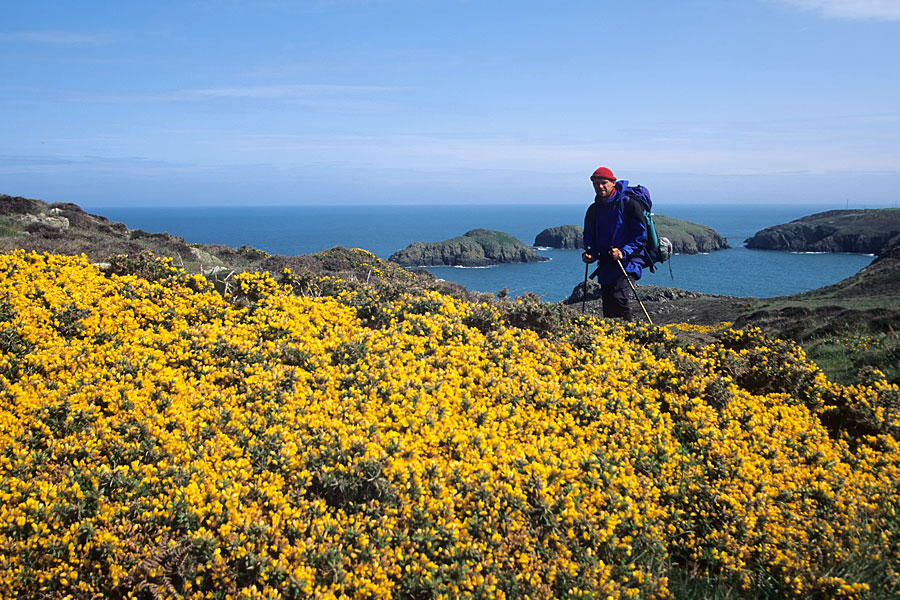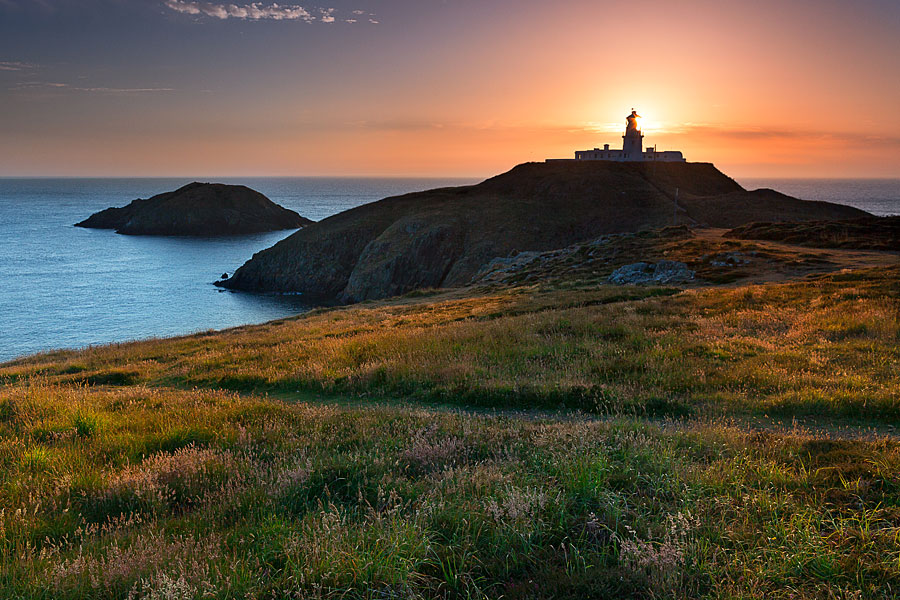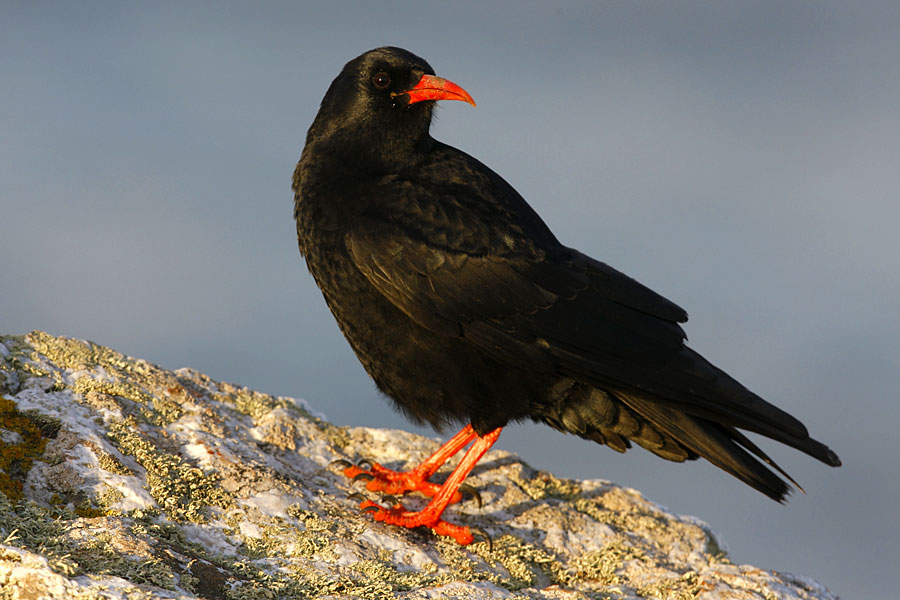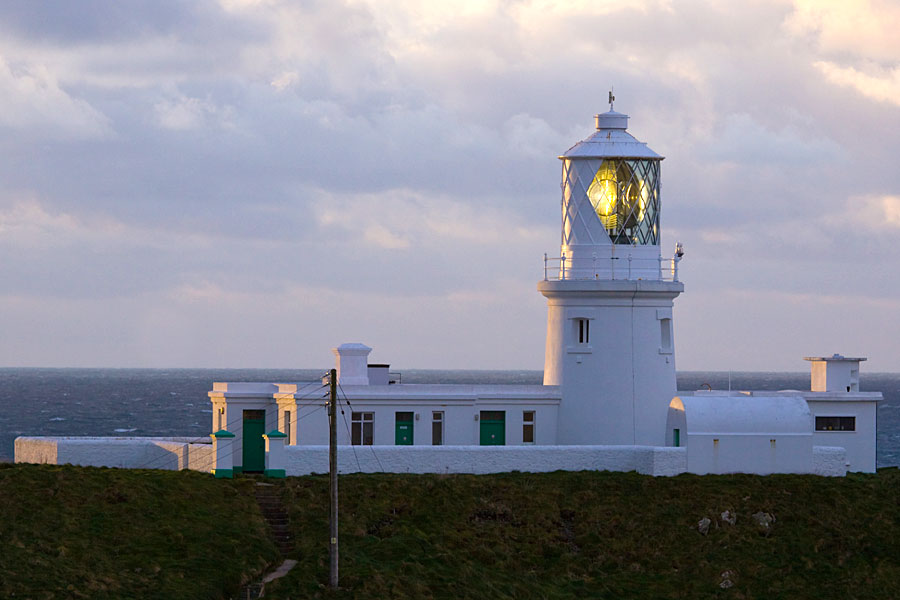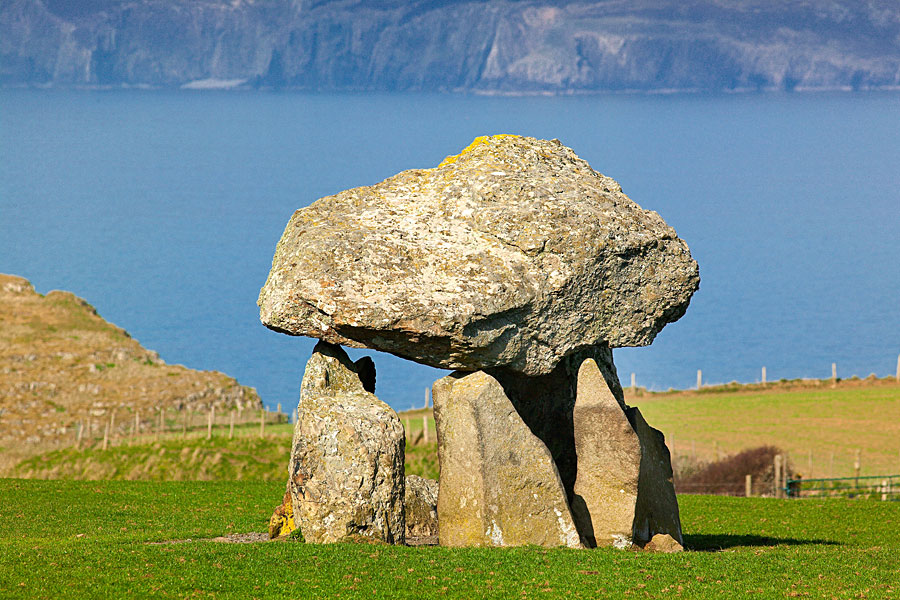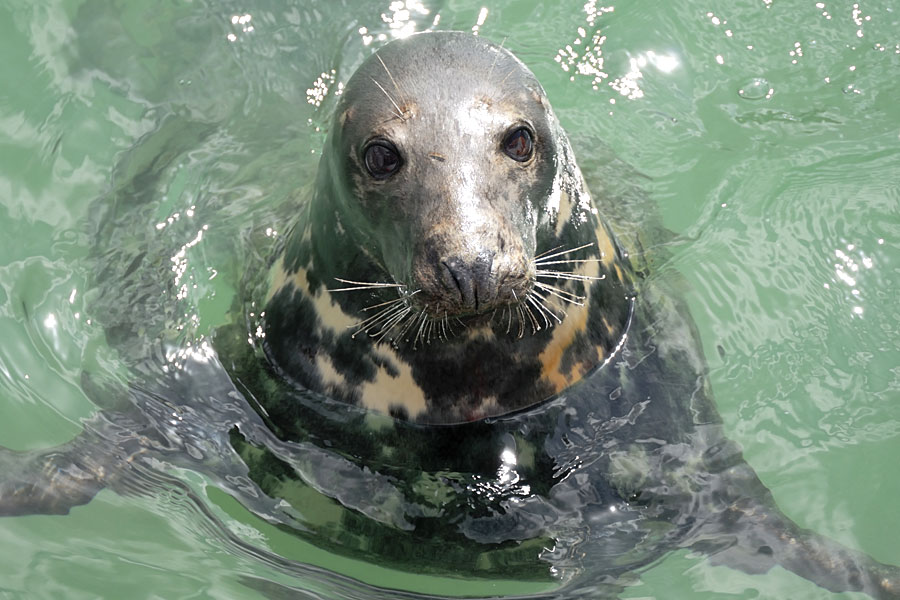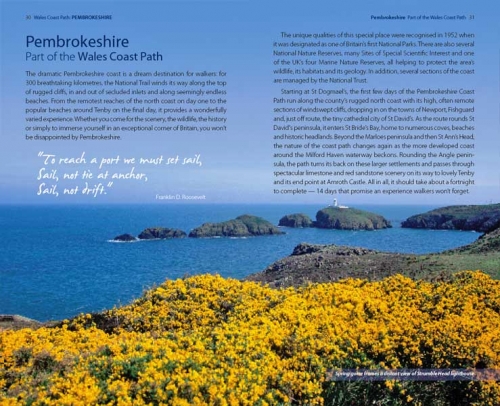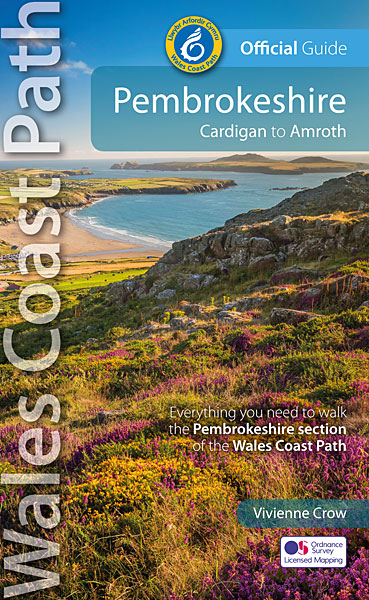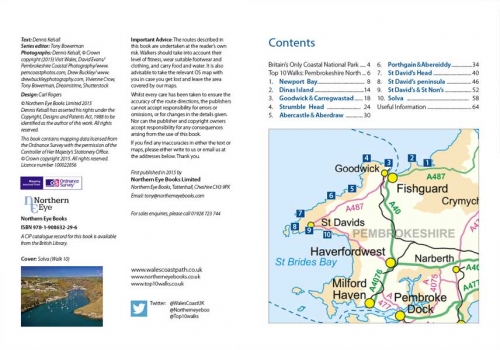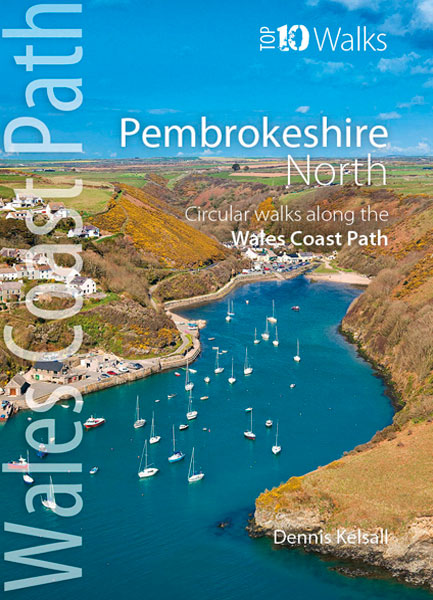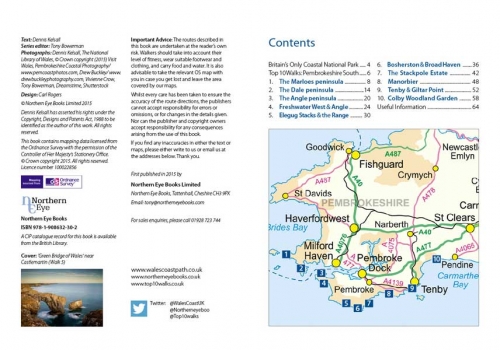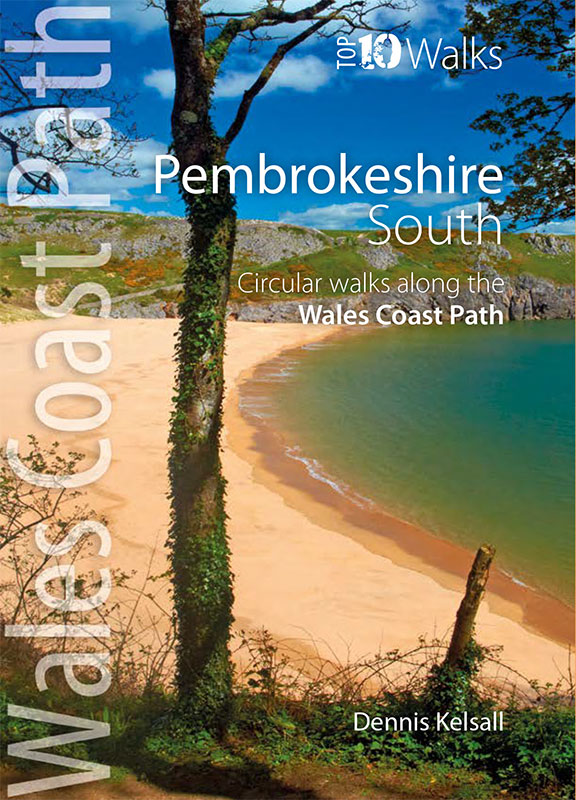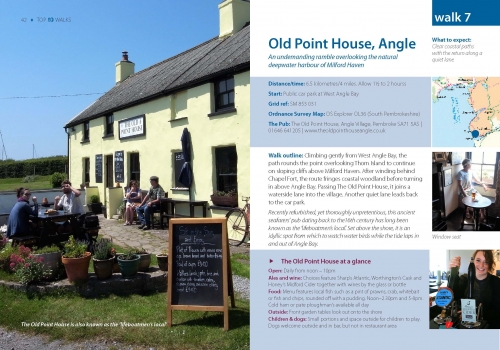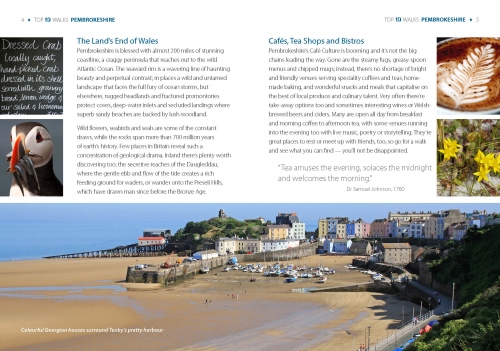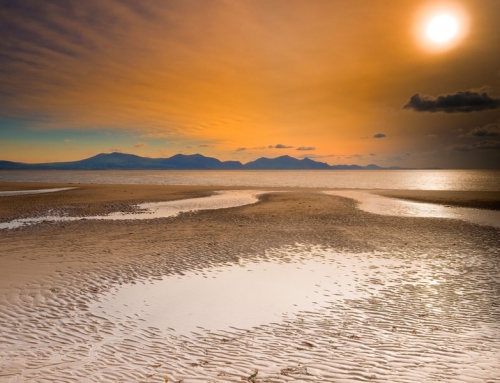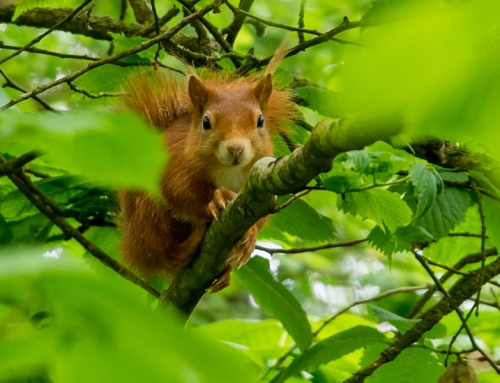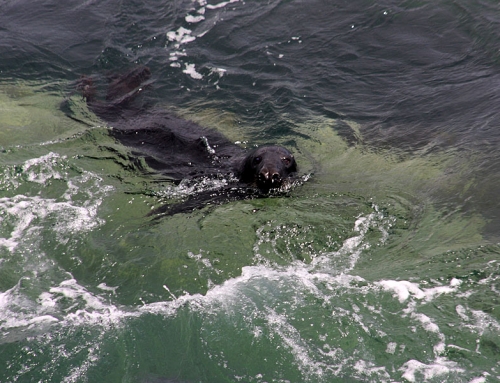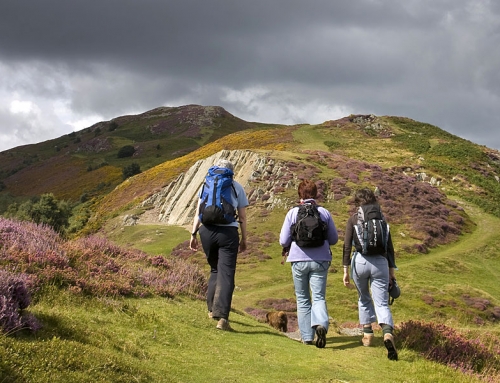Walking on the Wales Coast Path on Pembrokeshire’s iconic Strumble Head
Fiona Barltrop re-walks a favourite stretch of the Pembrokeshire Coast Path
Quiet and lonely coast
The bare Pen Caer peninsula on which Strumble Head is situated is notable for its rocky outcrops, in particular Garn Fawr, crowned by an Iron Age fort, with superb views from the top. With the exception of Strumble Head itself – a popular spot for bird watchers (and accessible by car) – this is a quiet and lonely section of coastline, an ideal choice for some revitalising solitude.
It’s over 25 years now since I first walked the Pembrokeshire Coast Path, and since then I’ve returned a number of times, never failing to revisit this favourite area. My last walk along this stretch of the coast had been on an autumn day, memorable for its seal sightings. Today it was early summer, and the forecast very promising…I’d saved the best day of my visit for this walk, and duly drove to Trefin where I caught the bus to Strumble Head (thanks to Pembrokeshire’s excellent coastal bus services with their user-friendly names like Strumble Shuttle there’s no difficulty doing linear walks).
“The first leg brings you to Pwll Deri, the location of possibly the most superbly situated hostel in the country, perched on the cliff top overlooking the sea far below.”
Choughs, seals and kayaks
There were a few parked cars, but once on the Coast Path I had it mostly to myself. The first leg brings you to Pwll Deri, the location of possibly the most superbly situated hostel in the country, perched on the cliff top overlooking the sea far below.
I made the usual detour to climb to the top of Garn Fawr (at 213m the highest point on Pen-Caer with a First World War lookout point just below the summit) before continuing along the coast, heather and gorse out in flower adding colour to the rough grassland and moorland vegetation. A pair of choughs on a nearby fence caught my eye as I approached Pwllcrochran – a member of the crow family, they are easily distinguished by their red bills and legs and distinctive call.
Invigorating swim
The cliffs had been gradually getting lower and finally I reached sea level for the first time at the little bay of Aber Bach. I’ve usually found it deserted but today several tents had been pitched at the back of the shingle beach, kayaks nearby. ‘We’re kayaking from Appledore to Anglesey,’ one of the men told me, ‘raising money for the RNLI’. The adventurous group was on a 10-day expedition, aiming to cover about 20 miles a day. I wished them well, ‘fingers crossed for the weather’, and headed for a quiet sandy spot on the south side of the beach for a swim. Lovely, if a little chilling, but I soon warmed up in the sun afterwards.
Just beyond Abercastle I made time for another brief detour to view the impressive Neolithic burial chamber of Careg Sampson before enjoying a beautiful sunset along the final stretch of coast back to Trefin.
An excellent day’s walk.

